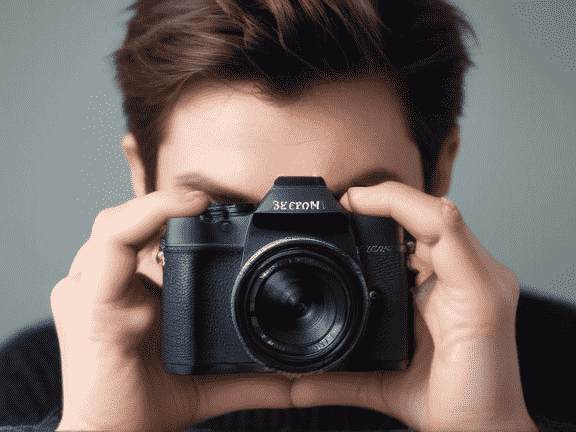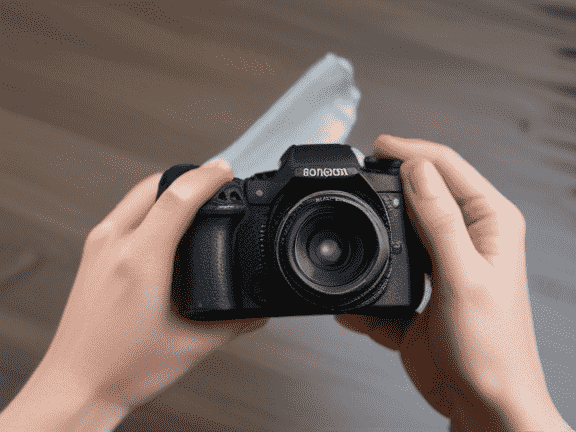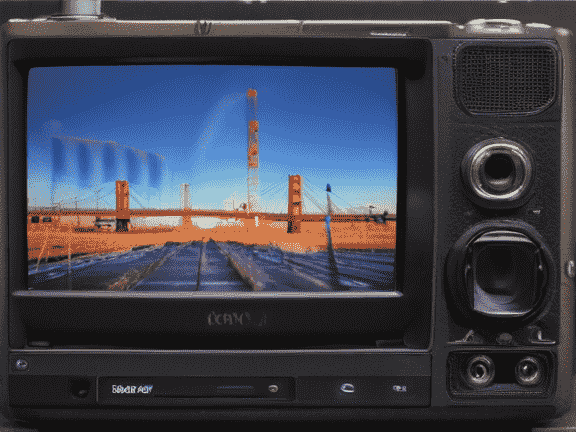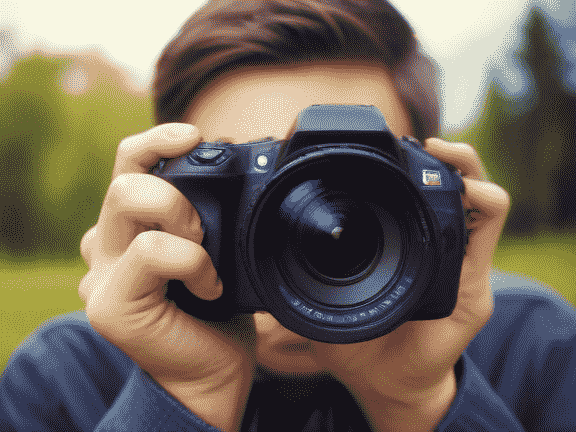Digital Cameras and Stock Assets Services for Modern Creators
 Digital cameras have changed how we capture and share moments. From bulky DSLRs to pocket-sized mirrorless models, technology has made photography faster, clearer, and more accessible. Today’s cameras can shoot in 4K resolution, capture intricate details, and instantly transfer photos to phones or computers. For professionals, these cameras and stock assets service mean flexibility and high-quality results. For casual users, they make it easy to document daily life without needing technical expertise.
Digital cameras have changed how we capture and share moments. From bulky DSLRs to pocket-sized mirrorless models, technology has made photography faster, clearer, and more accessible. Today’s cameras can shoot in 4K resolution, capture intricate details, and instantly transfer photos to phones or computers. For professionals, these cameras and stock assets service mean flexibility and high-quality results. For casual users, they make it easy to document daily life without needing technical expertise.
The beauty of modern digital cameras lies in their simplicity. You no longer need darkrooms or rolls of film to create stunning visuals. Features like autofocus, face detection, and image stabilization help users produce sharp images with minimal effort. As content creation becomes more visual, digital cameras are no longer just for photographers—they’re tools for vloggers, marketers, and anyone building a visual brand.
Why Quality Images Matter in the Digital Age
Visuals play a powerful role. A high-quality photo can catch attention faster than any headline. Whether you’re managing a website, posting on social media, or producing marketing materials, good images help people understand your message instantly.
Low-quality photos, on the other hand, can hurt credibility. Blurry or poorly lit pictures make a product or brand seem unprofessional. That’s why many businesses invest in professional photography or use stock assets services. Stock assets provide ready-to-use images, videos, and graphics that fit a wide range of themes—saving time while maintaining quality.
Strong visuals also help build trust. When customers see clear, authentic images, they’re more likely to feel confident in a brand. This is especially important in industries like real estate, travel, e-commerce, and media, where visuals are often the first thing people notice before reading any text.
The Role of Stock Assets Services
Stock assets services fill a major gap in content production. Not everyone has the time, budget, or skill to shoot professional photos or videos. That’s where platforms offering stock images, illustrations, and footage come in. They provide easy access to a massive library of creative materials that can be used in blogs, advertisements, videos, and websites.
Most stock assets are categorized by themes—business, travel, lifestyle, technology, and more. This makes it easy for creators to find visuals that fit their specific needs. Many stock services also include licenses that allow commercial use, giving businesses peace of mind when using them for marketing campaigns.
In recent years, demand for authentic and diverse images has grown. People now want visuals that reflect real life rather than staged, overly polished shots. Stock asset providers have responded by offering photos of genuine people, cultures, and situations. This shift has made stock imagery more relatable and effective in storytelling.
How Digital Cameras Support the Stock Asset Industry
Behind every stock image or video clip, there’s often a skilled photographer with a digital camera. These professionals capture visuals that fit the creative and commercial standards of stock libraries. High-end cameras help them produce consistent quality across thousands of images, ensuring sharpness, accurate colors, and depth.
With digital cameras, photographers can experiment with lighting, composition, and movement. The ability to shoot hundreds of photos in one session without worrying about film costs allows more creativity and flexibility. Afterward, they can edit, crop, or retouch images before uploading them to stock platforms.
Even amateur photographers can participate. Many stock sites accept submissions from independent creators. This gives camera owners an opportunity to turn their passion into income while contributing to the global pool of visual content. For businesses, this means access to a wide variety of visuals—ranging from professional-grade shots to authentic, everyday moments.
Choosing Between Shooting Your Own and Using Stock Assets
For some projects, original photography is the best choice. If you’re promoting your own products, brand, or events, personalized photos give authenticity and exclusivity. Shooting your own content also allows you to control the setting, models, and emotions portrayed in the images.
However, stock assets are perfect for general marketing, blogs, and design projects where originality is less critical. For instance, if you need a background image, a travel scene, or an abstract pattern, there’s no need to organize a full photoshoot. Stock assets are faster, more affordable, and often just as visually appealing.
The best approach is to combine both. Use your digital camera for personalized photos that represent your brand’s identity and use stock assets for supplementary visuals that complete your designs. This strategy keeps your content fresh and professional without consuming too much time or budget.
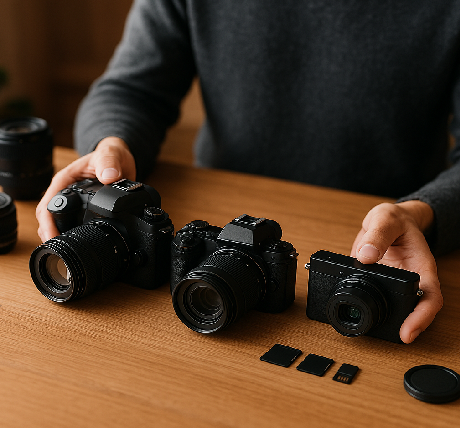

 Every day, towing professionals
Every day, towing professionals
